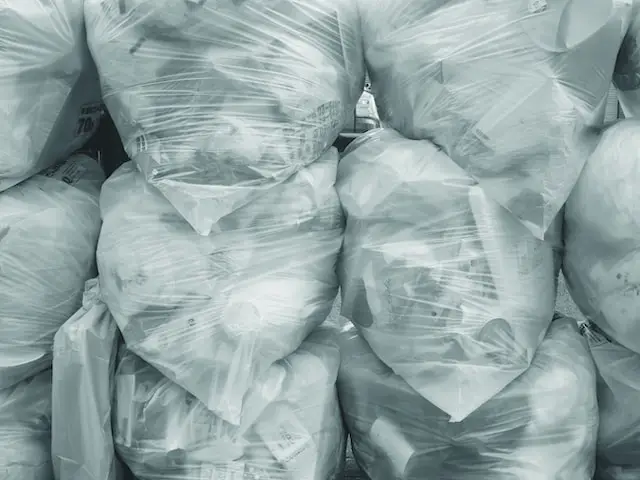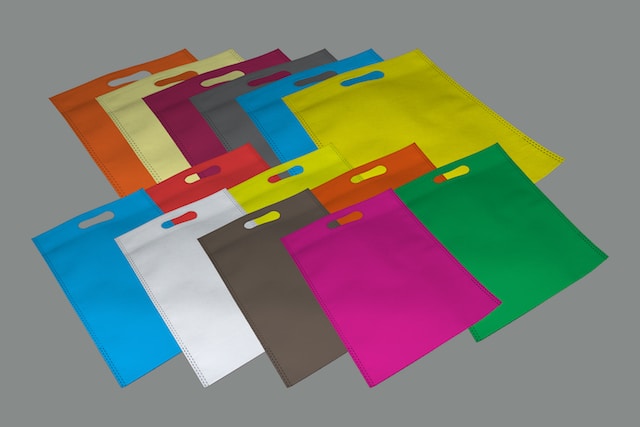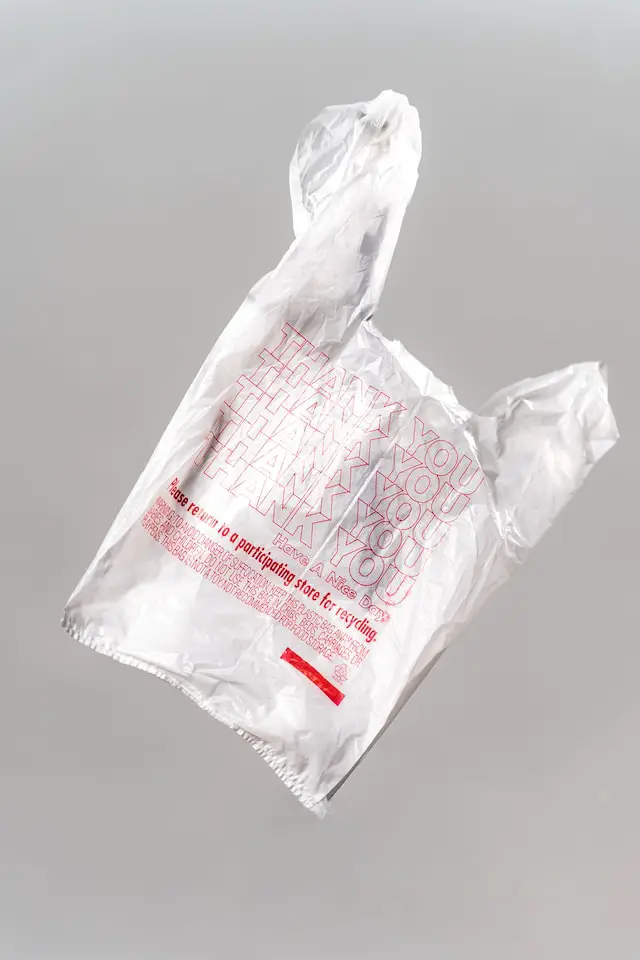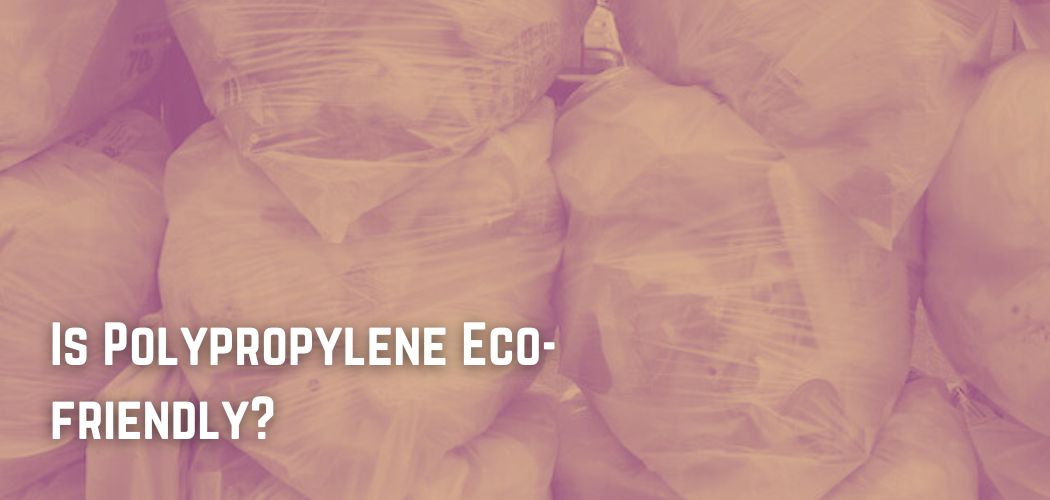Polypropylene, sometimes called polypropene or polypropylene, is a plastic that you use almost every day.
It is one of the cheapest plastic on the market making it one of the most used forms of plastic. You could better understand this from the fact that in 2020 alone, 80 million tons of polypropylene were produced!

But with overflowing landfills and increasing waste, one question arises about this form of plastic; is polypropylene eco-friendly?
The answer is yes but only to some extent. This blog post has an in-depth analysis of the properties of polypropylene and a clear verdict on how sustainable it is.
Polypropylene: The Environmental Safety Discussion
To analyze whether polypropylene is safe or not, we look at three aspects; its production, life, and disposal.
During its life, polypropylene causes no harm to humans or any other form of life. Its high heat tolerance makes it unlikely to leach toxins and chemicals into food.
However, when heated to extreme temperatures, polypropylene has been associated with occupational asthma.

Polypropylene is also free of BPA, a chemical that causes immune system malfunctions and learning disabilities. So it’s safe to say that polypropylene will most likely not affect the user’s health.
While other plastics take up to 500 years to degrade, polypropylene can degrade in 20-30 years.
But still, you cannot say with 100% certainty that it is biodegradable i.e. it decomposes completely.
As it decomposes, it releases a toxin called cadmium which is a carcinogen (cancer-causing chemical) and affects both plants and animals. This makes polypropylene extremely unsuitable for the environment in the long run.
Why is Polypropylene Relatively Environment Friendly?
The manufacturing process of polypropylene requires less energy as compared to other forms of plastic such as PVC and polyethylene. This means lesser carbon dioxide emissions and a smaller carbon footprint.
Polypropylene is also recyclable and does not release toxins during the recycling process which is an added bonus.

However, this is also a fact that only 1% of the total polypropylene is recycled and most of it ends up in landfills. Until proper recycling programs are put into place, polypropylene will continue to be an environmental hazard.
One thing in favor of polypropylene is that it has a lower density. Due to this, the weight of the waste of polypropylene is less than other high-density plastics. This makes it easier to transport it to landfills to be disposed of.
Final Verdict
So can we say that polypropylene is eco-friendly? The answer is a bit complicated.
Even though it is harmful to the environment, we can say that it is less harmful than other plastics. But at the same time, it is not 100% safe.
It releases toxins in the environment and takes a considerable time to degrade.
If you are looking for ways to finish your waste and carbon footprint, this material might not be for you.
We have recommended some better-suited alternatives to polypropylene in the FAQ section.
FAQs
- What is polypropylene made of?
Polypropylene is a synthetic plastic made by polymerization of propylene gas. Polymerization is the process in which molecules form strong chains between them.
- What are a few uses of polypropylene?
Polypropylene is used in plastic packaging, food containers, water bottles, and Tupolypropyleneerware. It is also used in car battery containers and indoor hinges. In hospitals, it is used in syringes and pill containers.
- What is a more sustainable alternative to polypropylene?
Some more eco-friendlier alternatives of polypropylene are paper, bioplastics, bagasse, and bamboo. They decompose quicker than polypropylene and have a relatively smaller carbon footprint.





